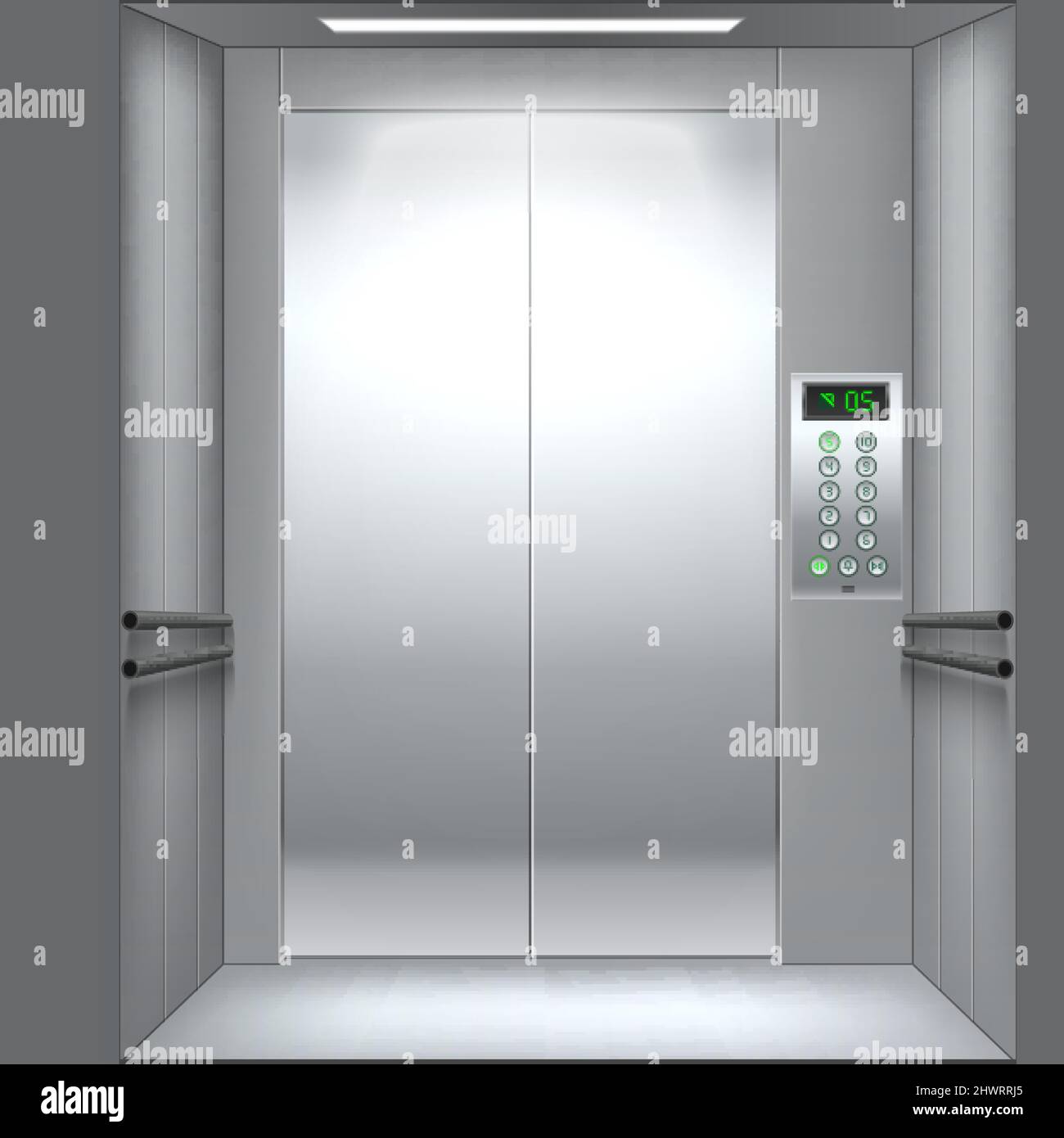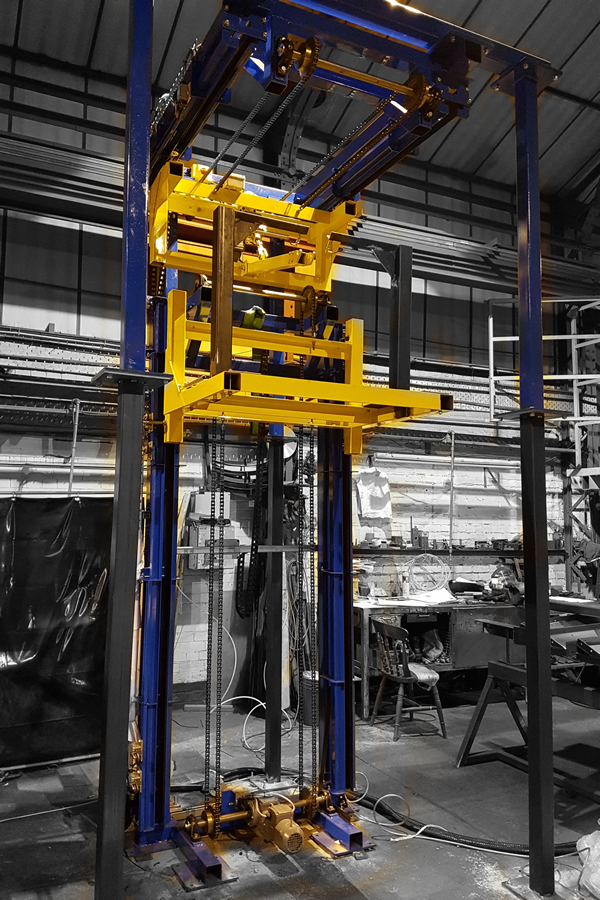Compare Disabled Platform Lifts Prices UK: Affordable Options for every single Need
Compare Disabled Platform Lifts Prices UK: Affordable Options for every single Need
Blog Article
Unwinding the Intricacies of Lift Technology: Troubleshooting Common Issues Across Lift Designs
From sluggish operation problems to peculiar noises emanating from the equipment, repairing typical issues across various lift models requires an eager eye for detail and a methodical approach. Remain tuned as we navigate with the labyrinth of lift breakdowns, seeking remedies to the enigmatic troubles that can interfere with the smooth performance of these essential devices.
Identifying Slow Procedure Issues

Following, check the electrical links to make sure that all elements are correctly attached and functioning. Malfunctioning wiring or loosened links can result in reduce procedure or complete breakdown of the lift system. Additionally, it is necessary to check the control system to identify if the issue depends on the programming or sensing units.
If the aesthetic inspection and electric checks do not reveal the origin reason of the slow-moving operation, further diagnostic tests may be required. These could include pressure tests for hydraulic systems, voltage tests for electric elements, or running diagnostic software program for the control system. repair and maintenance services. By adhering to a systematic technique to repairing slow operation problems, you can efficiently recognize and fix the problem, making sure the lift operates safely and effectively
Resolving Unusual Noises
To efficiently troubleshoot lift modern technology for unusual noises, a complete exam of the lift elements adhering to the recognition of sluggish procedure concerns is important. Weird noises in lifts can be a measure of underlying issues that require prompt attention to make certain the safety and dependability of the system. Usual sources of odd sounds in lifts include worn-out or misaligned wheels, damaged motor bearings, broken or loose suspension ropes, and malfunctioning control systems. When attending to strange noises, it is vital to perform a methodical assessment of these components to determine the precise reason for the noise precisely. This might include inspecting for any visible indicators of deterioration, testing the performance of electric motor bearings, tightening loose links, and lubricating moving parts as needed.
Additionally, it is essential to refer to the lift supplier's maintenance guidelines and look for aid from certified technicians when handling complex lift parts or unfamiliar troubleshooting procedures. By immediately resolving unusual sounds and solving underlying problems, lift operators can guarantee the optimum performance and safety and security of the lift system for drivers and travelers.
Managing Faulty Control Issues
An efficient method for dealing with defective control troubles in lift innovation entails performing a detailed analysis of the control system's elements and capability. When experiencing issues with lift controls, it is vital to first check for any kind of loose links, harmed circuitry, or malfunctioning sensing units. Confirming that all control keypads, screens, and buttons are working appropriately is also crucial in identifying the issue properly.
If no noticeable concerns appear, professionals need to continue to check the control panel for any kind of indications of water damages, corrosion, or overheating, as these can commonly lead to control malfunctions. Additionally, resetting the control system or updating the software program might help resolve particular problems or bugs creating the trouble.

Tackling Hydraulic System Malfunctions
The efficiency of hydraulic systems in lifts counts heavily on the appropriate performance of different components within the check my site system. When hydraulic systems breakdown in lifts, it can lead to operational disruptions and safety concerns. One typical issue is hydraulic liquid leak, which can occur because of damaged seals, loosened links, or damaged cylinders. To tackle this problem, technicians need to carry out an extensive examination to determine the resource of the leakage and replace any malfunctioning parts quickly.
In addition, abnormalities in hydraulic liquid levels or unusual sounds throughout lift operation might indicate underlying system malfunctions that call for instant focus to stop further damages. Normal maintenance and timely troubleshooting of hydraulic system problems are crucial to ensuring the reliable and secure operation of lift modern technology.
Managing Electric Component Failures
Resolving electric part failings in lift innovation requires a systematic approach to identifying and settling issues to keep functional capability and safety requirements. When experiencing electrical issues in lift systems, it is critical to very first carry out an extensive evaluation of the electric parts, including control board, circuitry, sensors, and motherboard. Any signs of damages, deterioration, loosened connections, or burnt aspects need to be meticulously noted and attended to without delay to avoid more difficulties.
In look at this web-site the instance of electrical part failings, it is vital to follow manufacturer guidelines for troubleshooting and fixing treatments. This may entail testing the parts making use of multimeters, oscilloscopes, or other diagnostic tools to pinpoint the precise source of the malfunction. Furthermore, having a comprehensive understanding of the lift's electric schematics and electrical wiring diagrams can aid in identifying and correcting concerns successfully.
Normal maintenance and assessment routines can help stop electric failures by discovering potential issues beforehand. Appropriate training for lift technicians on electric systems and elements is also essential to ensure exact medical diagnosis and effective resolution of electric problems, inevitably contributing to the general safety and security and reliability of lift procedures.
Final Thought
Finally, troubleshooting lift technology requires a methodical strategy to determine and address usual troubles such as slow operation, unusual noises, defective controls, hydraulic system malfunctions, and electric part failings. By comprehending the complexities of lift technology and following proper fixing actions, service technicians can effectively fix problems and make certain the secure and effective operation of lifts across various designs.
To efficiently repair lift modern technology for unusual sounds, a comprehensive evaluation of the lift components complying with the recognition visit this page of sluggish procedure issues is important. Unusual noises in lifts can be a sign of underlying troubles that require punctual focus to guarantee the safety and security and dependability of the system.An efficient approach for resolving damaged control issues in lift modern technology includes carrying out an extensive evaluation of the control system's elements and performance.The efficiency of hydraulic systems in lifts relies heavily on the proper performance of various components within the system. repair and maintenance services. When running into electrical troubles in lift systems, it is crucial to first conduct an extensive evaluation of the electric components, including control panels, electrical wiring, sensors, and circuit boards
Report this page